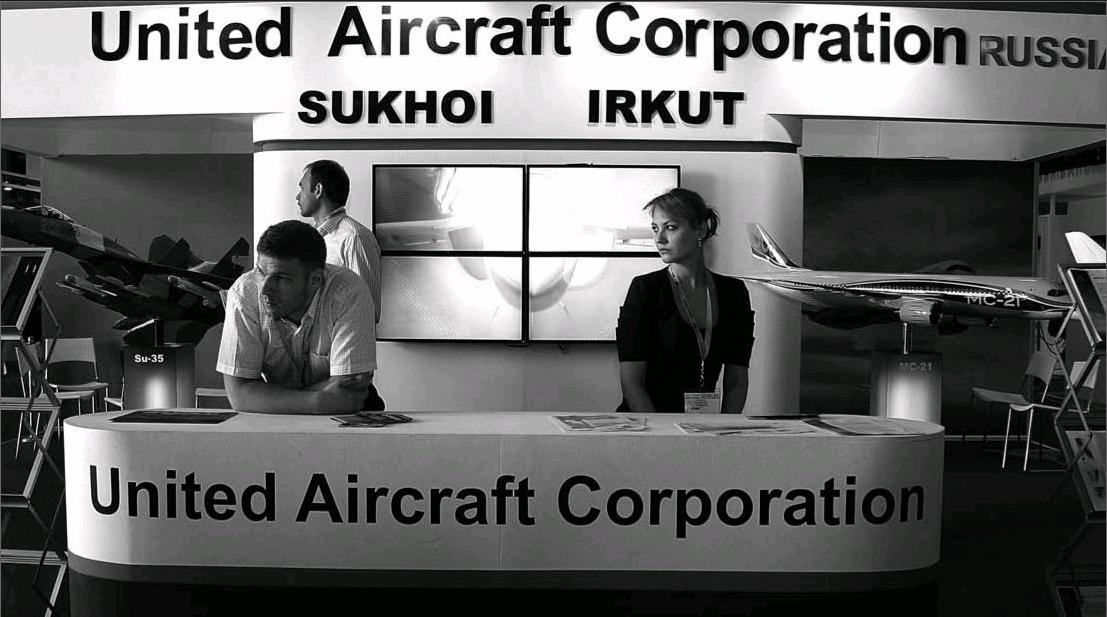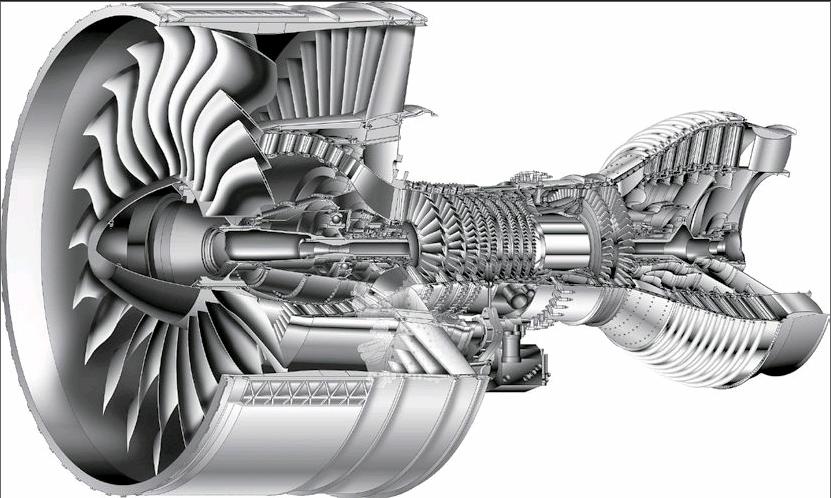China-Made Jets Not Yet the World-Class
2014-05-15


Though the delivery of the ARJ21 regional jetliner and the C919 jetliner is delayed, it does not hamper from their owner – Commercial Aircraft Corporation of China (COMAC for short) – to complete a massive progress to get into the field of manufacturing widebody jetliners.
In mid-March, a director Russia-based United Aircraft Corporation (UAC for short) confirmed their plan to develop the wide-body passenger plane with the Chinese company. It is known that that the wide-body passenger plane co-developed by Russia and China is going to be put into commercial use before 2025, but the Chinese have not made any voice in it yet.
The Fixed Direction
“The project is close to being initiated and the study into the feasibility is going to be finished in the next few months,”the aforementioned insider of UAC said. “We expect to bring the plane into the market before 2025.”
In light of the information revealed by the Russian com- pany, the wide-body passenger plane in the plan is going to be a type with medium flight distance and passenger capacity. “The configuration is very close to A330,” the insider said.
Though UAC has not revealed which Chinese company is its partner, many people believe that COMAC is the only possible candidate for this partnership.
In the memorandum of cooperation concerning the co-development of wide-body passenger plane listed by the Russian company in 2012, COMAC is designated as a potential partner. The Chinese company, however, seems unclear and ambiguous in that matter in the past.
But in October 2013, Dmitry Rogozin, Vice President of Russia, announced in front of the public that the Sino-Russia cooperative project of wide-body long distance plane and heavy plane has already got into the substantial stage.
Coincidentally, COMAC also announced its plan of developing wide-body passenger plane. As an insider from COMAC said, the feasible plan focuses on the type that has 300 seats, adopts advanced compound materials and can cover 6000-8000 km voyage.
It is known that the development of wide-body passenger plane of COMAC is tasked by COMACs Institute of Aviation Technology which is located in the western suburban area of Beijing. This organization, which was started in 2012, is the core force of COMAC in the development of planes and technologies. Before long, the institute released a video showing the test flight of a small unmanned aircraft with blended wing body developed by the institute. This proves the inclusiveness of the institution in the development orientation.
The information from some engine manufacturers shows that COMAC had already begun to contact GE, Rolls Royce and Pratt & Whitney in the development of engines for the wide-body passenger planes.
In addition to that, COMAC also figured out a place in the plane assembly plant in Pudong, Shanghai for the production line of wide-body passenger planes. Now this plant is under intensive construction to embrace the production of C919 passenger plane.
“The two parties are still talking with each other as there are many concrete problems needing further discussion,” said an insider from COMAC about the Sino-Russia project of codeveloping the wide-body passenger planes.
Handshaking between Giants
Presently, the passenger planes made by Russians are mainly used by airlines in Russia and some third-world countries. The Russian airlines now busy replacing their old Russian-made planes with Airbus and Boeing planes. According to the data, 80% of the long-distance planes flying in Russia are now from Airbus and Boeing.
“Russians are mot willing to have its passenger plane manufacturing controlled by the foreign companies. They keep trying to develop competitive products but the result is not quite good,” said an expert from a foreign aviation industry institute.“Russians have no way to open the market, which is caused by the problems of the products and their airworthiness. These problems are also haunting China. Therefore, it is a good choice for Russians and Chinese to work together.”
For C919, the big passenger planes China has devoted a lot to the development, the same problems remain here. Before its official introduction into the market, it needs the approval of not only the State Administration of Civil Aviation, but also of the U.S. Federal Aviation Administration and the European airworthiness administrative body to clear away most of the barriers for its overseas sales.
The past experiences of the plane industry tell us that the most important procedure after the design and production of a new type of plane is the sale. Usually a type of plane can see profits after 300-400 units are sold.
Among the new jet planes developed by Russians, the most“international” one is the Sukhoi SSI100 regional plane. But this new plane, which is developed based on the cooperation with Italy-based Alenia Aerospazio and France-based Thales, did not have good sales performance. Its outlook is quite dim in the competition with Canadian Bombardiers C-series planes and the Embraer S.A.s upgraded E2 serial regional planes.
Therefore, it is quite a natural thing for the Russian company to shake hands with the Chinese company.
The Uncertain Outlook
Though China and Russia have many successful cases on non-technological transfer in the aviation manufacturing industry, the cooperation, however, might not yield good result in the passenger plane market which is filled with competition but maintains a stable situation.
“Russians do not have strong technological strength in the engines for civil planes and their products have not won a good market fame,” said an expert. “This might be why the Chinese company keeps silent about the cooperation with Russians for a long while.”
There are two kinds of jet passenger planes from Russian– Ilyushin and Ty families. Of them, Chinese airlines once imported Ilyushin-86 and Ilyushin-96 wide-body passenger planes but they have all retired by now.
China also had several Ty-154 planes fly between the airports, but they were eliminated because of the high incident rate and poor market fame.
Therefore, some experts worry that COMAC and UAC are now busy developing their own planes – C919 and MS21 – respectively and are both apparently behind the worlds first-class plane manufacturers in the technologies and resources. Against this background, things might get worse if they spare some of their energy and resources to co-develop the wide-body passenger planes.
In addition, the airworthiness is a huge barrier standing in front of the plane co-developed by China and Russia. Russian-made planes are hard to get into the European and American markets because of this problem and thus they lost a large tract of market, Who knows whether the same problem would find the RussiaChina-made planes again.
